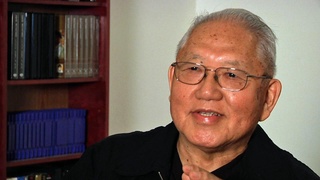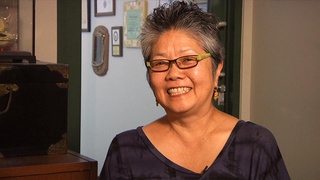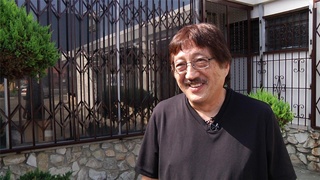Interviews
Differences between American-born Japanese and Japanese from Japan
I think American-born Japanese people, they have more gesture talking. Totally, that’s a cultural difference. But that time, I was very much Japanese Japanese. So I eventually… You know, Johnny Mori, all those guys, had a hard time to talk to communicate [with] me. Those are American-born Japanese. And I’m from Japanese Japanese. So early ‘60s, yeah, maybe culture shock.
Date: January 27, 2005
Location: California, US
Interviewer: Art Hansen, Sojin Kim
Contributed by: Watase Media Arts Center, Japanese American National Museum.
Explore More Videos













Postwar school-life
(b. 1930) Half Japanese and grew up in both Japan and the United States.

On Challenging Institutions
(1938-2020) Japanese American attorney and civil rights activist

Pop and Balls
(1938-2020) Japanese American attorney and civil rights activist
